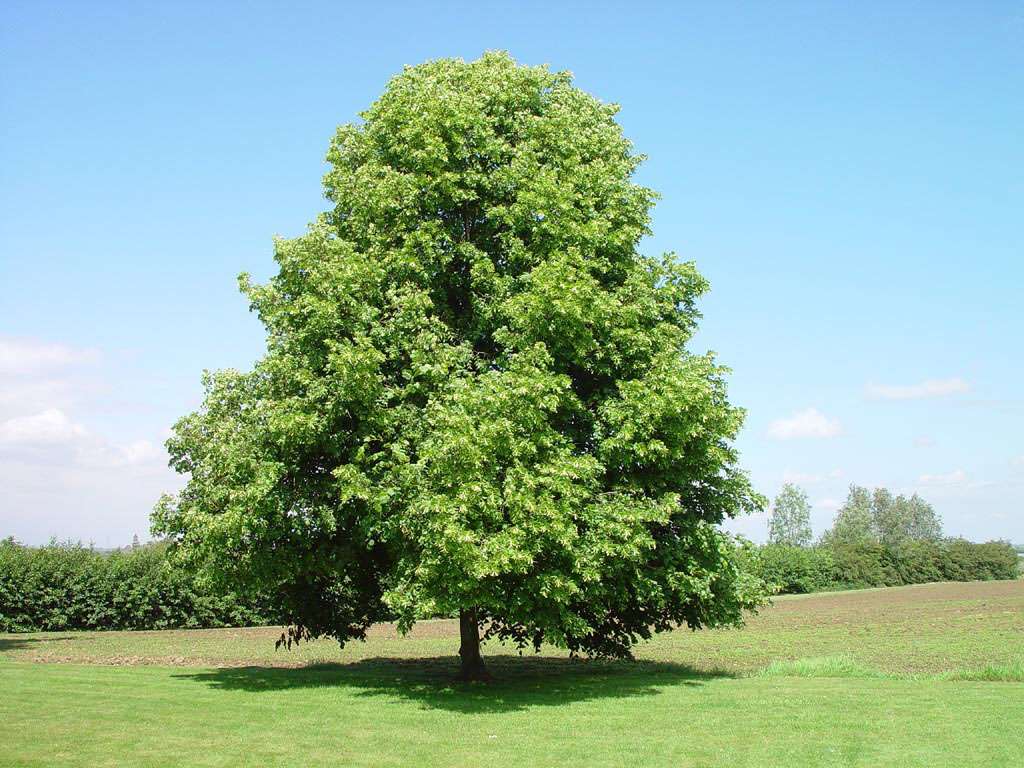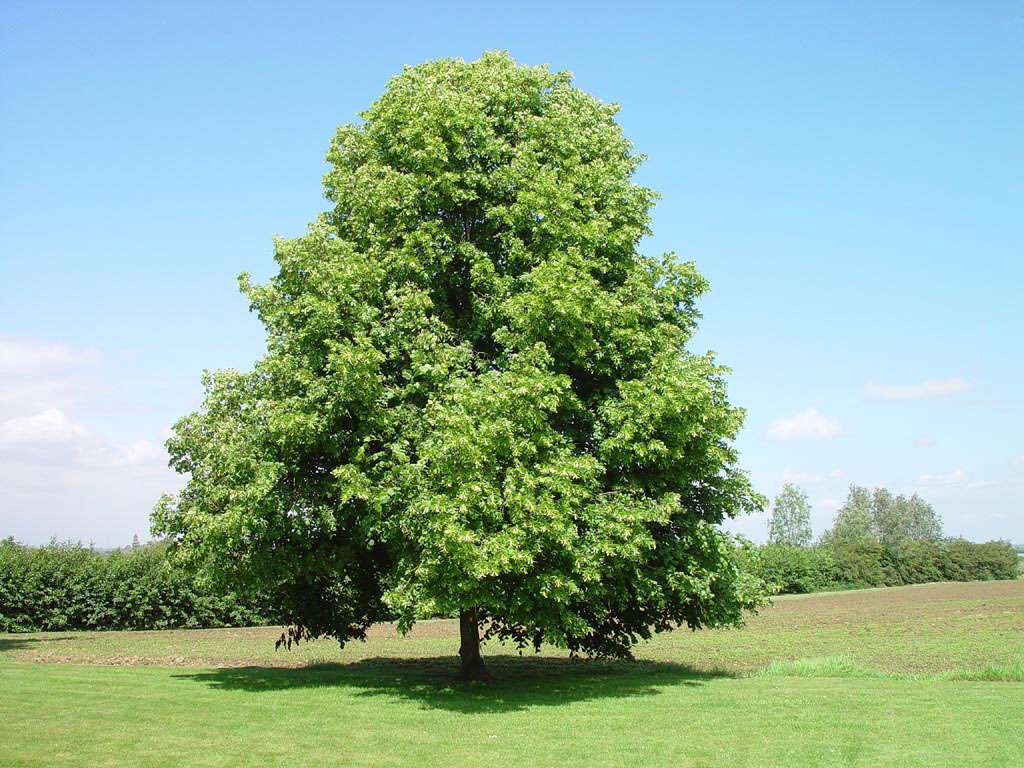Little Leaf Linden - 2 inch
Little Leaf Linden - 2 inch
Low stock: 10 left
Full sun and Partial shade
Couldn't load pickup availability
Little Leaf Linden (Tilia cordata)
Description:
Little Leaf Linden (Tilia cordata) is a classic, medium to large deciduous shade tree admired for its dense, pyramidal to rounded canopy and glossy, heart-shaped green leaves. In early to mid-summer, the tree is adorned with clusters of fragrant, creamy-yellow flowers that attract bees, butterflies, and pollinators, making it a favorite for both landscapes and wildlife. The foliage turns a lovely chartreuse to golden yellow in fall, providing multi-season interest. Exceptionally adaptable and low maintenance, Little Leaf Linden thrives in urban environments, tolerates a range of soils, and is virtually disease free. It is a popular choice for street plantings, parks, and residential yards, offering deep, cooling shade and ornamental value.
Plant Characteristics:
-
Botanical Name: Tilia cordata
-
Common Name: Little Leaf Linden, Littleleaf Linden, Small Leaf Lime
-
Type: Deciduous shade tree
-
Mature Height: 40–70 feet
-
Mature Spread: 30–50 feet
-
Growth Habit: Upright, dense, pyramidal when young; rounded with age
-
Foliage: Glossy, heart-shaped, dark green leaves; chartreuse to golden yellow in fall
-
Flower Color: Creamy-yellow, fragrant clusters in early to mid-summer
-
Fruit: Small, round, hairy nutlets
-
Light Requirements: Full sun to partial shade
-
Soil: Prefers moist, well-drained soil; tolerates clay, loam, and a range of pH
-
Water Needs: Moderate; drought tolerant once established
-
Hardiness Zones: USDA 3–8
-
Maintenance: Very low; prune in late winter or early spring if needed
-
Resistances: Virtually disease free, tolerant of urban pollution and poor soils
-
Wildlife: Attracts bees, butterflies, and beneficial insects; provides nesting for birds
-
Uses: Shade tree, street tree, specimen, park tree, wildlife gardens, hedges (when pruned)

